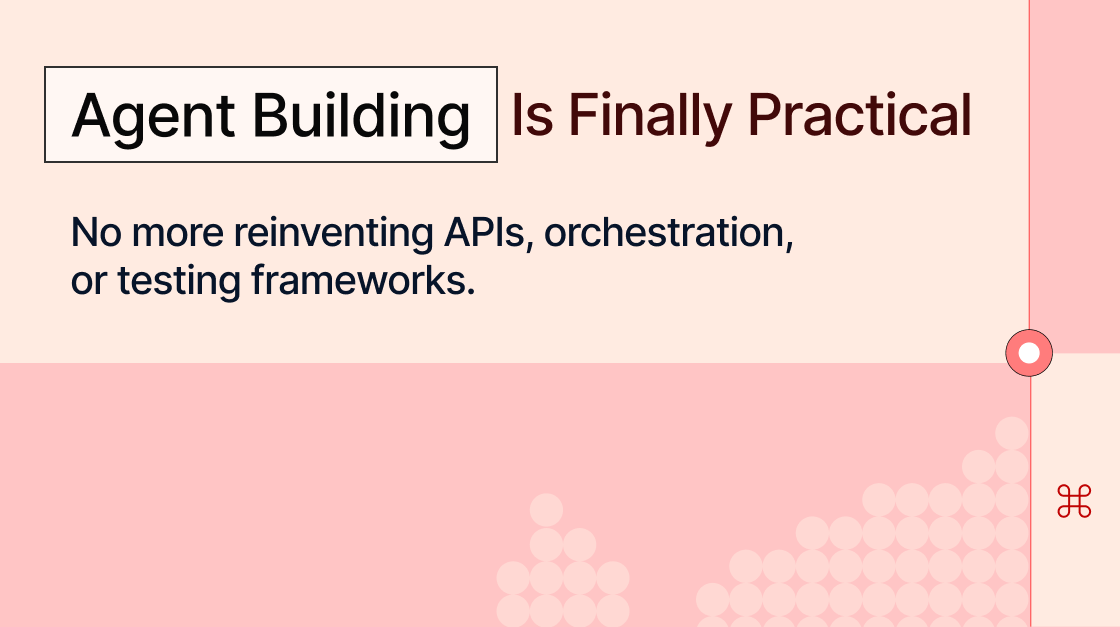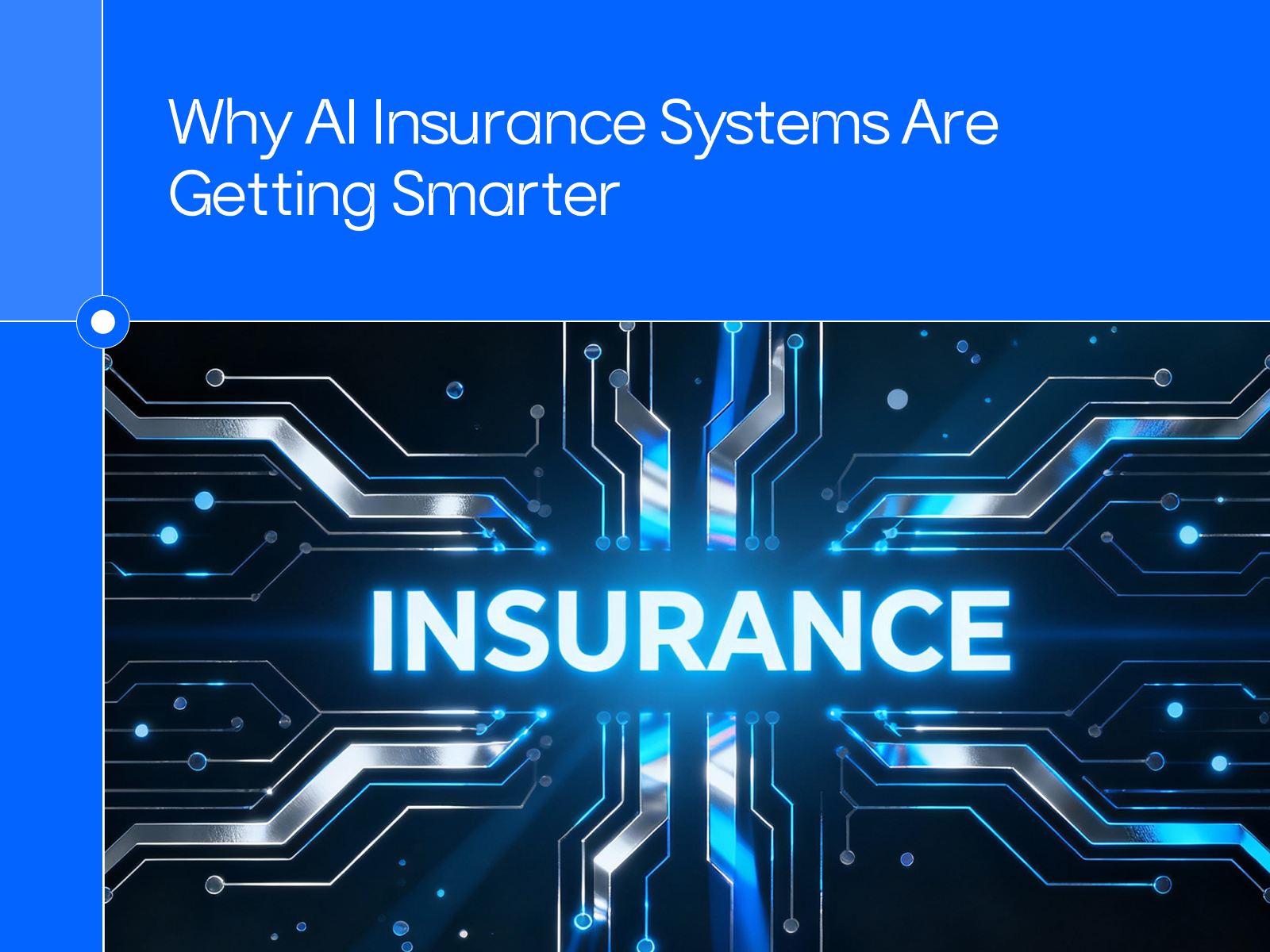Software is shifting to "Agentic AI," where applications understand users via natural language, anticipating needs and executing tasks efficiently.


-min%20(1).png)
The traditional paradigm of software — where users invest significant time and effort into learning convoluted interfaces and workflows — is rapidly becoming obsolete. As Deepak Kanchala, CEO of Adopt AI, puts it, "software now adapts to the user and not the other way around, which means natural language is going to be the new language of software." This isn't just a minor update; it's a fundamental re-imagining of how humans and computers will interact.
The Emerging Trends: Software That Speaks Your Language
The advent of generative AI has catalyzed three pivotal shifts that are propelling us into the age of Agentic AI:
- Accelerated Development: Small teams can now build high-quality code at an unprecedented pace. Anirudh, Chief AI Officer at Adopt AI, highlights this, stating that generative AI enables "small teams like ours can build a lot of high quality code very quickly". This means innovative solutions can reach the market faster than ever before.
- Empowering the Builders: The power to create sophisticated application features is no longer limited to highly technical experts. Adopt AI is empowering "builders" within organizations to create powerful actions and capabilities for agents simply by using a chat interface. This democratizes development and fosters rapid innovation.
- Natural Language as the Universal Interface: The ultimate goal is to enable end-users to perform complex tasks within applications using natural language. Imagine asking your banking app to transfer funds with a simple voice command, or telling your CRM to create a new opportunity without navigating multiple menus. Deepak envisions a world where "humans just converse in a natural language, and the apps can get jobs done in the quickest, simplest, most efficient way possible for humans."
This evolution is pushing us from generative AI (which primarily answers questions) to agentic AI (which takes actions), and eventually towards reasoning AI, where agents can "think and reason out like humans do and do much deeper actions and more thoughtful actions." The future promises a seamless blend of voice, vision, and proactive suggestions, with agents anticipating user needs and executing tasks with minimal input.
Navigating the Challenges: Building Trust and Velocity
While the promise of Agentic AI is immense, its adoption isn't without its hurdles. The Adopt AI team has identified and actively addresses several key challenges:
- Integrating with Existing Applications: Many companies have years of intellectual property invested in their existing SaaS applications. The challenge is not to discard these but to seamlessly integrate an agentic layer on top. Adopt AI tackles this by empowering developers to leverage their existing features and APIs, rather than forcing a complete pivot.
- Overcoming Past Paradigms: Deepak admits to the personal challenge of "unlearning a lot of stuff" from previous experiences, noting that "a lot of frameworks that worked 10 years ago, five years ago don't work anymore." The new landscape demands fresh perspectives and agile methodologies.
- Security and Compliance: As agents interact directly with data stores and make critical decisions, security and compliance become paramount. Rahul, CTO of Adopt AI, emphasizes that "security or compliance will be a very interesting and very important domain as we are building, you know, products in the AI space". This requires building security into the infrastructure from day one, ensuring data protection and transparency to build user trust.
- Building Trust and Transparency: The "black box" nature of some AI systems can lead to user skepticism. Adopt AI prioritizes transparency, constantly asking, "would we trust this agent?" They aim to build systems where users understand why an agent is performing a certain action, mitigating concerns about hallucination and fostering confidence.
- The "Slow Mover" Disadvantage: Companies that are slow to embrace this paradigm shift risk being outmaneuvered by more "native, agentic companies." As Deepak warns, "the sooner companies realize this, the faster they pivot, and they put more resources on this, or they take help of companies like adopt, I think the better it is for them."
The "Aha!" Moment: From Static Systems to Dynamic Outcomes
Consider your current workflow for a mundane, yet necessary, task. Perhaps it's updating a sales opportunity in your CRM, moving a sprint status in your project management tool, or even transferring funds between bank accounts. You click through multiple screens, fill out forms, and navigate complex menus.
Now, imagine this: Instead of navigating five tabs and six buttons, you simply tell your application, "Update the 'Acme Corp' sales opportunity to 'Closed Won' and assign it to Anirudh." Or, "Transfer $500 from my checking account to my savings account."
The "aha!" moment isn't just about convenience; it's about unlocking a level of efficiency and capability that was previously unimaginable. Applications are no longer confined by their visual UIs. As Rahul notes, "agents can understand the data, the API, and do a lot of things without worrying of how this needs to be present in the application." This means agents can perform 10x, or even 100x more, actions than a traditional application, by dynamically tapping into various data sources and understanding user intent.
This is the promise of Agentic AI: a shift from static, rigid applications to dynamic, fluid agent experiences that truly understand and serve the user's needs.
Key Takeaways
- Natural Language is the Future: Software will increasingly adapt to human language, making interactions more intuitive and efficient.
- Agentic AI is Action-Oriented: The shift is from AI that answers questions to AI that takes intelligent actions.
- Speed and Transparency are Crucial: Rapid adoption and transparent AI operations are vital for success in this evolving landscape.
- Existing Applications Can Be Agentified: Companies don't need to rebuild from scratch; solutions like Adopt AI allow for an agentic layer on top of existing systems.
- Virtual Experts are the New Interface: The future of applications will be driven by virtual experts that offer personalized, knowledgeable interactions.
Browse Similar Articles
Accelerate Your Agent Roadmap
Adopt gives you the complete infrastructure layer to build, test, deploy and monitor your app’s agents — all in one platform.




.svg)
.svg)





.svg)

.svg)
